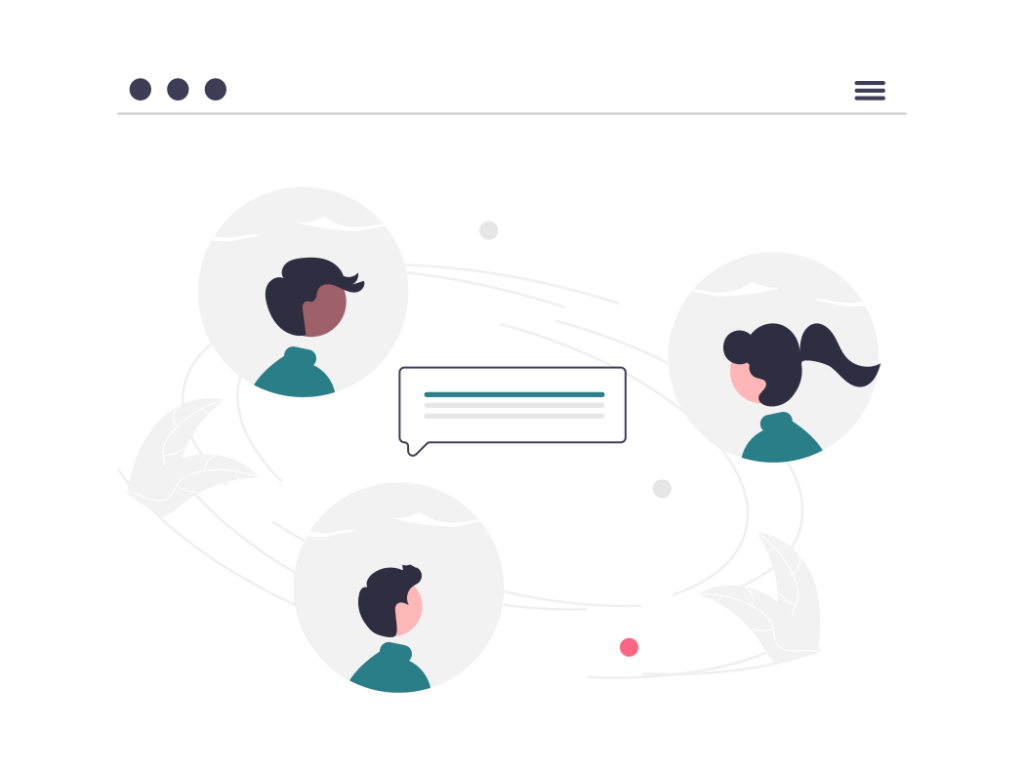How to Encourage Community Engagement

In 2020, there was major outcry on social media about a project in Victoria, Australia. A tree was bulldozed that was sacred to the local Aboriginal people in order to make way for a highway. The 800-year-old tree was cut down for the highway development, significantly damaging the reputation of the multi-million dollar project and the Roads Victoria brand.
Could this outcry and damage have been avoided with better community engagement throughout the lifecycle of the project? Perhaps.
Throughout any project, it’s important to show respect for the different cultures and values within your stakeholder communities. If you don’t engage with these community groups, communicate effectively, or respect their values, you may not be aware of sensitive issues or appropriate ways to handle them. This can cause significant damage to your company’s reputation and risk the perceived legitimacy of your project.
So, how can you encourage community engagement on your project? Let’s look at five steps you can follow to respectfully engage with different community groups.
5 Steps to Encourage Community Group Engagement

1. Do Your Homework First
Don’t wait until the project is planned and underway before you think about community group engagement. Research land history, scope and significance before any significant project planning takes place.
Effective prior research can help to minimize future challenges, issues, or risks to the project’s completion. At the initial research stage of the project, it’s important to scope out any significant issues that might emerge with regard to the project’s impact on the local and wider communities.
Here are some questions you could ask to help determine your community’s characteristics and how your interests might intersect with theirs:
- What are the socio-economic and demographic characteristics of the area?
- What are the social, economic, and environmental challenges or priorities in this neighborhood?
- How is the neighborhood improving and developing?
- What is the foundation of local economic development?
- What employment growth strategies are promoted in the community?
2. Know Your Stakeholders and What They Value
As with any stakeholder engagement, it’s always important to identify and analyze your stakeholders early on. Knowing who your stakeholders are is essential to project success. Use stakeholder mapping to identify the level of influence, impact, and interest of key stakeholders and community groups.
Along with your context research and cultural asset mapping, this will allow you to understand the key local challenges, as well as broader cultural contexts you’ll be working inside of. Lean on your stakeholder mapping and analysis to create an overview of the local groups to engage with, and develop an implementation plan and schedule for your consultation and engagement activities.
3. Build a Relationship
Effective community group engagement depends on your ability to build strong relationships.
The first contact with key stakeholders and community groups is significant — not only for building trust and social capital, but also developing a clearer understanding of culture within the community socio-economic context. Some best practices for relationship building within the community include:
- Engage in one-to-one conversations
- Use appropriate language and communicate with clarity and honesty
- Seek to find common language, remembering that community participants and your internal company stakeholders may have a different understanding of certain phrases and concepts
- Seek to understand their world: beliefs, values, and perceptions of the project
- Continuously demonstrate your competence and genuine interest in engaging with them
- Encourage connections across multiple platforms
4. Listen
The worst thing your project can do is engage with community groups and then not listen to them. If you don’t listen to the opinions and feedback of your stakeholders and community groups, it can lead to legal challenges, could threaten project funding and approvals, and negatively impact your brand image and value.
On the other hand, gathering community input may be beneficial to the project team in understanding and prioritizing community needs and challenges, or to get feedback on early ideas. It’s also a practical way to see how well a new business or operational model might be received, as well as new programming concepts. Here are some ideas to help you consult with your community groups and listen to their feedback:
- Interviews
- Focus groups
- Roundtable discussions
- Email or web surveys
- Request formal submissions
And of course, it’s important to make sure you have the right tools in place to analyze and respond to your community feedback. For instance, Simply Stakeholders’ community engagement software tracks all your stakeholder interactions, allowing you to analyze sentiment, track issues, and follow up as needed.
5. Provide Clear Lines of Communication
It’s important to make sure you have clear channels of communication. Make it easy for your contact groups and key stakeholders to get in touch with you so that you can keep them informed at each stage of your project. Even if there is nothing to report, it’s still important to let your stakeholders know why things are stalled or delayed, or what is happening behind the scenes with the project.
One study found that out of 48 barriers and challenges for community engagement, the top constraints were the community’s lack of knowledge and awareness, the absence of meaningful community engagement, and poorly defined community engagement purpose.
Clear lines of communication and regular engagement with community groups can go a long way in tackling these challenges. It can increase awareness and show your stakeholders that their participation is meaningful — and something that actively shapes your project’s decisions and outcomes.
That’s why clear lines of communication are one of the most important steps in building relationships and encouraging community engagement.
Learn More
Want to learn more about community engagement? Check out these resources:
- Community Engagement: Definitions, Benefits & Examples [Blog]
- Best Community Engagement Strategies in 2023 [Blog]
- How Can I Increase Online Community Engagement? [Blog]
- 5 Critical Features For Your Community Engagement Tool [Blog]
- 7 Signs You’re Getting Your Community Engagement Right (Or Wrong) [Blog]
- What to look for when investing in Community Engagement Software [Blog]
Or if you’d like to explore Simply Stakeholders to help manage your community engagement, reach out to our team for a demo!






























